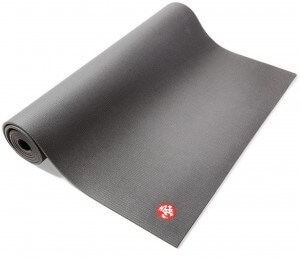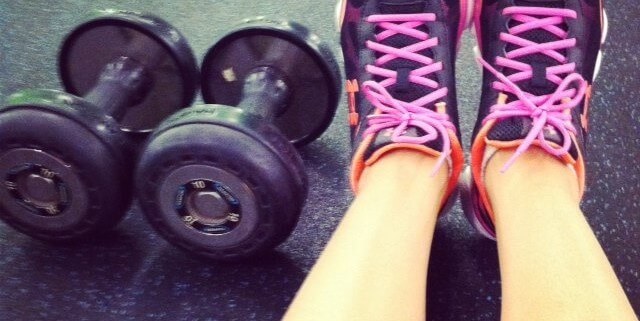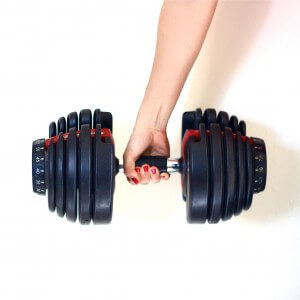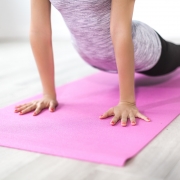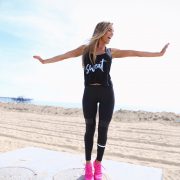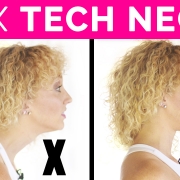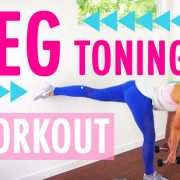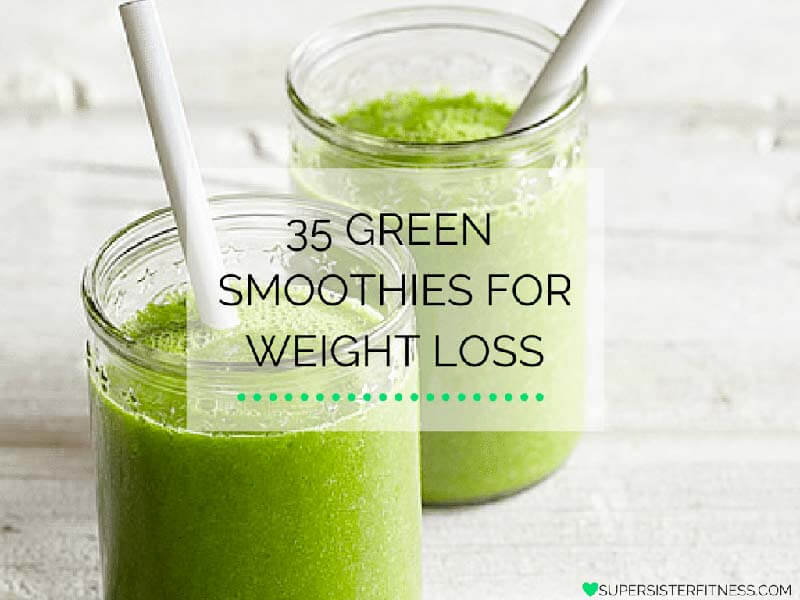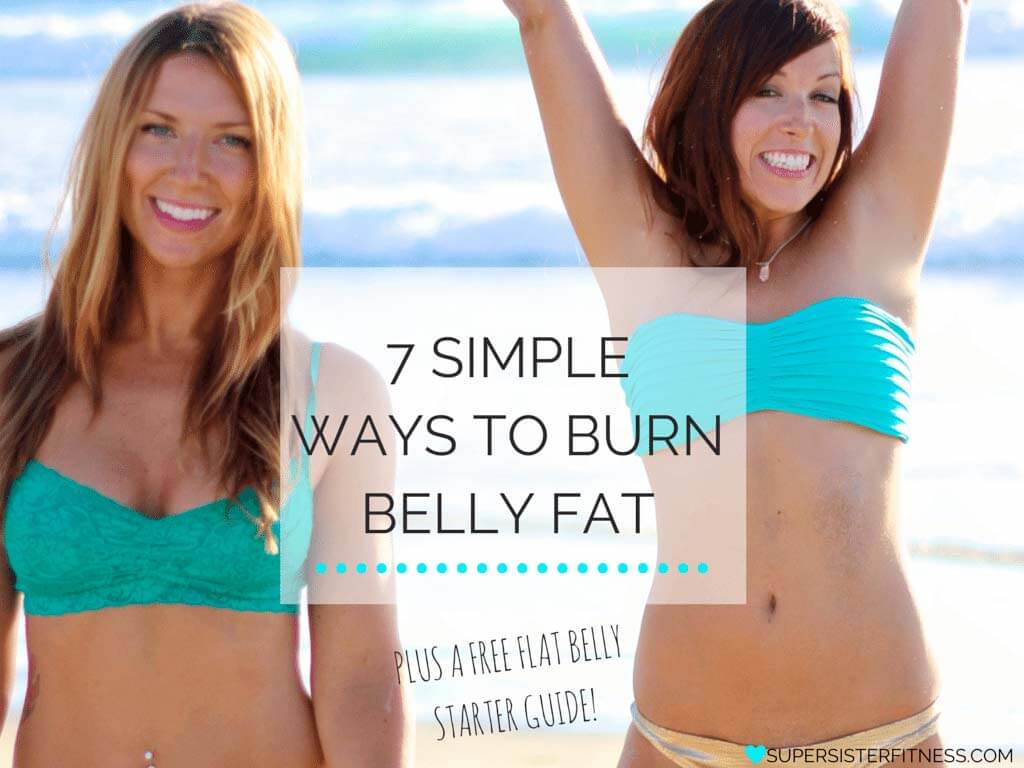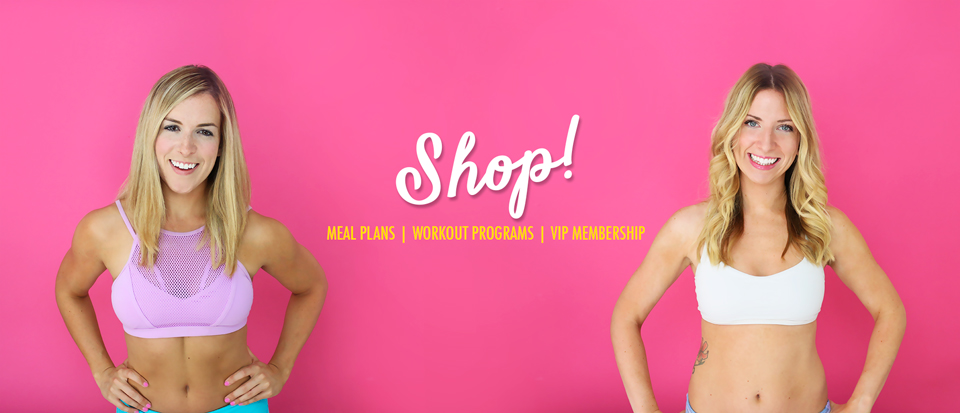How Much Weight Should I Lift?
How Much Weight Should I Lift To Lose Weight?
This is one of the most common questions we get as trainers. If you’re wondering, “How much weight should I lift to tone my body,” you’re not alone.
Keep reading to find out how to appropriately select weights in your workouts so you get the best results, based on your fitness goal — fat loss, muscle gain, strength gain, etc. The article also outlines our best recommendations for home gym equipment and what items & brands will give you the most bang for your buck in your home workouts.
If you are currently doing the Bikini Bootcamp Programs, this article will be particularly useful to you.
It’s a great question, and there’s no one-size-fits-all answer. How much weight you should lift depends on several factors. Different abilities, goals, training styles and equipment will dictate the best option for your lifting routine.
Determining How Much Weight To Lift In Your Workouts
- STEP 1: Remember to ALWAYS complete a dynamic warmup before beginning any workout. As far as what weights to use in each exercise, you can learn to use your best judgement based on your fitness level and abilities over time.
When you’re just beginning, always perform a light “warmup” set – using anywhere from 5-10 lbs (depending on your fitness level and ability). Doing this will help to get the blood flowing, heart rate elevated, joints lubricated and body ready for any increased loads ahead, helping you avoid injury.
- STEP 2: Once your body is warm and you’re ready to start your actual workout, keep in mind the following tips:
- Lower body exercises can generally be loaded heavier because they utilize much larger muscle groups.
- You MUST maintain proper form throughout every workout to prevent pain & injury.
- Go as heavy as you can SAFELY in each exercise for the allotted rep/set counts. If you are not able to complete the number of reps/sets required with good form throughout, your weights are too heavy. Similarly, if you feel like you could easily do way more reps/sets than what is required, your weights are too light.
- You should always feel challenged, but never feel strained. If something doesn’t “feel right,” it probably isn’t. Don’t push through pain, but do challenge yourself to stay strong and in control in your workout.
A good idea if you’re totally new to strength training is to start a little lower than you think you should and build your way up from there. It also helps to track your weights, sets and reps for each exercise by writing it down on a workout log like the ones included in the Bikini Bootcamp Program (weeks 1-6).
IMPORTANT: Never risk injury by jumping into too much heavy resistance too fast! Slow and steady wins the race.
Adjust your weights accordingly as you progress to get the best results, remembering that good form is ALWAYS key! The second your form breaks or starts to fail, you should no longer continue.
Other General Recommendations For Selecting Weights In Your Workouts
Do not rest between sets longer than the allotted rest times outlined in your training program, unless you have to for form/safety reasons. When in doubt while performing any exercise, always go slower.
You want to minimize momentum and maximize muscle contraction in every rep. Your eccentric contractions (usually the “lowering down” motion of the exercise) should be slower than your concentric contractions (usually the “lifting or flexing” motion on the way up in each exercise), since this is the contraction phase in which muscles are strengthened most effectively.
In addition to these recommendations, make sure you also get at least 7-8 hours of sleep when strength training, because your body will need that time to efficiently recover from your lifting workouts. 🙂
If you’re wondering about post-workout nutrition (which can make a significant impact on your lifting results), make sure to check out this article we wrote, which includes 10 post-workout meal options, a printable post-workout needs “cheat sheet” and everything else you need to know about what to eat after a workout.
What Equipment Should I Use?
If you’re concerned you’re not lifting enough, you’re probably right. After all, if it doesn’t challenge you, it doesn’t change you.
If you have access to a full gym, that’s great! Use whatever equipment you can find there (dumbbells, barbells, Olympic squat racks, resistance bands, benches, pullup bars, steps, medicine balls, stability balls, etc.) as long as you feel confident you can use it safely without injuring yourself. If you’re unsure, set up a session with a personal trainer who can help you learn how to use it.
Having access to a full gym is great for switching up your routine to help you avoid plateaus, but not everyone can afford a gym membership or cannot reliably make it to the gym regularly due to time, family, distance or schedule challenges.
If you will be doing your workouts from home, we highly recommend investing in a good, varied home gym setup. Definitely consider purchasing a quality set of weights because it makes a huge difference in your overall results.
Some people prefer to buy individual dumbbells and/or barbells. We recommend getting an Olympic barbell with varying weight plates, or this dumbbell set by Bowflex if you’d prefer to save space and cut down on clutter.
3 Reasons We Recommend Bowflex SelectTech Dumbbells For All Home Gyms
- You can choose several different levels of resistance. From 5 lbs. to 52.5 lbs. (per dumbbell), you can get a great workout at home just using this single piece of equipment. The problem with a lot of home gym setups is that people only typically get a couple pairs of dumbbells (usually too light) so they aren’t able to see as good of results from their workouts because they aren’t lifting heavy enough to trigger the larger muscle groups (like lower body glutes, hamstrings, etc.) to actually change and grow/adapt.
Muscles change based on what’s called the “principle of overload,” meaning you have to load the muscles significantly more than usual to see any real body composition changes (i.e. fat loss and muscle gain). Your body will adapt quicker if you use heavier weights for larger muscle groups.
- They last a long, long time. We’ve had a pair of these SelectTechs for 5 years and counting, and they’re just as good as they were new. If you’re worried about the high price of the dumbbells, we’ve been there too. When we bought ours, the higher price tag was a stretch at first, but it’s been one of the best investments we’ve ever made in our home fitness routine.
You should know that for the long amount of time you’ll be able to keep and store them in your home gym, you won’t regret the investment. Especially because it also eliminates the need to “go somewhere” to workout, so you’re more likely to fit it in your daily routine, even if time gets tight.
- They don’t take up too much space. Unlike a traditional set of dumbbells, the SelectTechs let you “dial in” the weight you’d like to use so the set is neatly stored in one easy-to-store compact place. If you were to buy large barbells or as many dumbbells as is included in the adjustable weights, you’d have dumbbells for days cluttering up your home.
We prefer a neat, clean atmosphere without running the risk of stubbing our toes on weight plates or other gym equipment lying around the house. 🙂 These dumbbells are great for that, and cleanup is super easy since everything stores neatly in one compact rack.
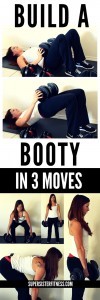 The only “down side” (if you can call it that) to these weights is that they’re really heavy when fully assembled. Like, really heavy. So if you ever have to move them, it can be a pain. But… They do include straps to keep the set together and stable for transport. We just think of it as a bonus workout every time. 😉
The only “down side” (if you can call it that) to these weights is that they’re really heavy when fully assembled. Like, really heavy. So if you ever have to move them, it can be a pain. But… They do include straps to keep the set together and stable for transport. We just think of it as a bonus workout every time. 😉
They’re also somewhat large, so it makes certain exercises a bit clunky and awkward to do (like the supine weighted glute bridges on the right — but it still works).
However, overall, the Bowflex SelectTechs are an incredible addition to any home gym setup and we’ve recommended them to our home clients for years — especially when the goal is fat loss, strength gains and/or to achieve better health overall.
What Other Home Gym Equipment Should I Invest In?
In addition to a solid set of weights, you should also invest in a few other key pieces of equipment for your home gym setup. We highly recommend making a budget to purchase each of the following Essential Home Gym Equipment pieces:
- Foam Roller: helps with myofascial release, a soft tissue therapy used to alleviate and prevent muscle immobility and pain. Check out this post for the benefits of using a foam roller.
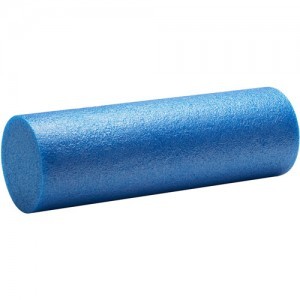
- Resistance Bands: these are the perfect travel workout tool – you can easily fit them in your bag and get a workout on in your hotel room! Not only that, but you can get them in different thicknesses to vary the resistance.
Liz and I showed a ton of exercises using bands in our #leanhalloween challenge videos that you can check out here for full body workouts.
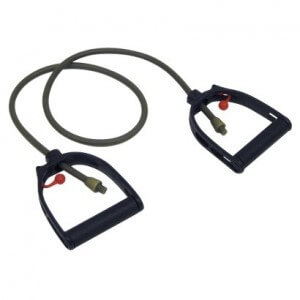
- Jump Rope: jump ropes are great for a quick workout or warm-up to get your heart rate up. Plus, they pack up nicely in a purse or bag so you can take them with you if you’re on the road.

- Lacrosse Ball: another great tool for myofascial release. Use them for a deep tissue self massage to alleviate soreness and get rid of any “knots” you might have in your back, glutes, calves, hands or feet.
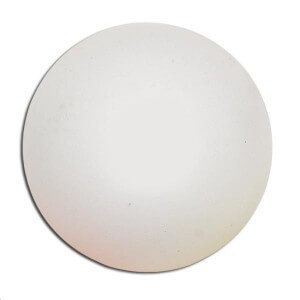
- Ironman Pull Up Bar: this piece of equipment is one of the most fun to have around in the house. It hooks onto any doorframe so you can practice your pull ups!

- Stability Ball: hands down, you gotta have one of these in your fitness repertoire. Great for so many strengthening exercises that you can do at home that will have your core on fi-yah. Simple yet super effective.
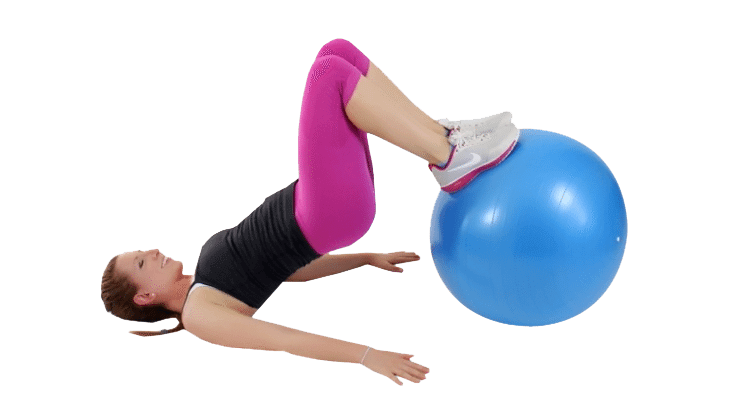
- Yoga Strap: great for stretching out tight shoulders or hamstrings. Yoga straps are a super affordable tool to help you alleviate soreness and release tight muscles.
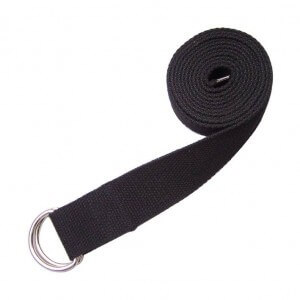
- Yoga Mat: we highly recommend investing in a nnice yoga mat like Manduka. This is one where people go “wait, why would I spend $100 on a yoga mat?!” The answer is: you’ll never have to buy one again! No joke, these bad boys come with a lifetime warranty and the quality is so worth it.
We don’t know how many cheapo $20 yoga mats we went through before buying one of these and we’re so happy we did. Not only that, but those cheap ones really suck on the whole cushion-factor. Manduka’s mats are so great we often use mine outside on the concrete without even noticing the hard surface underneath.
